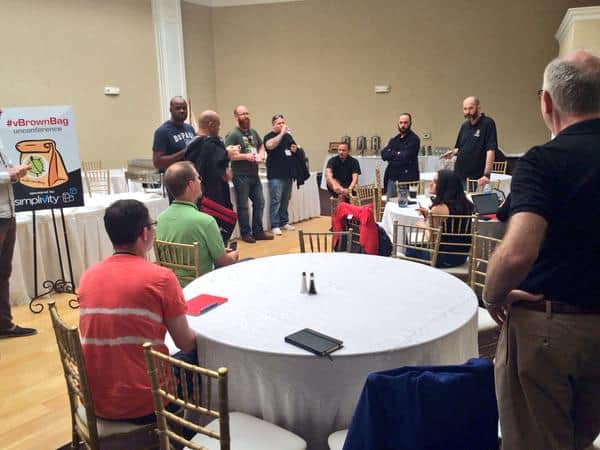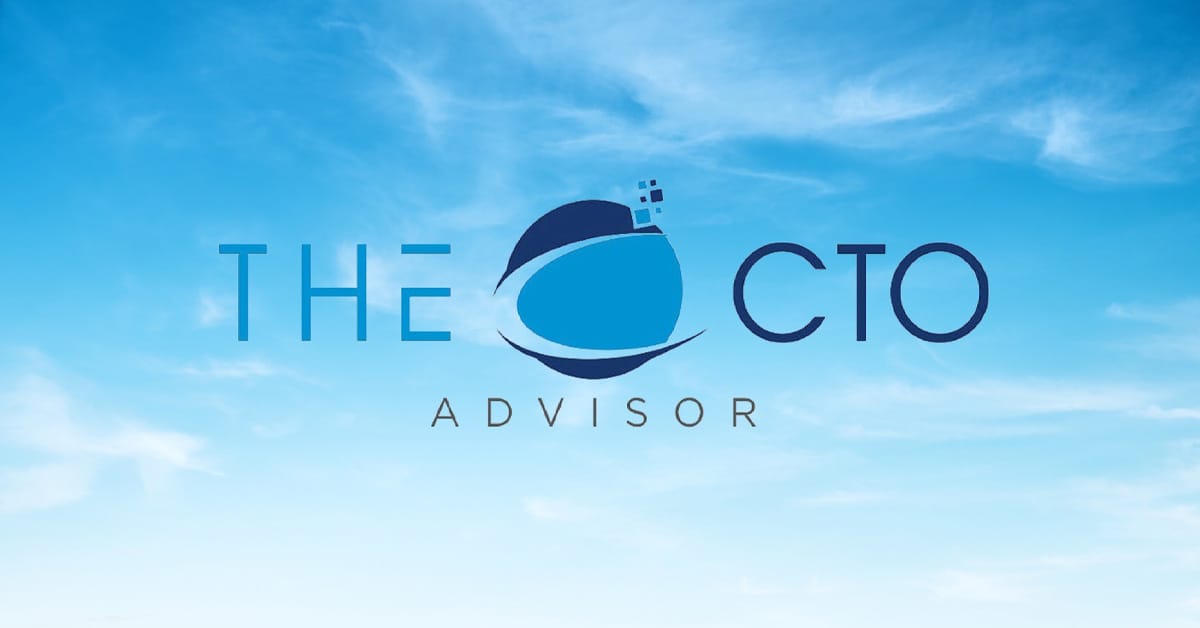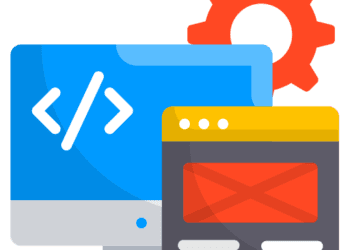Tech Reckoning – The vBrownBag Unconference

I recently attended The Reckoning conference hosted by John Mark Troyer. John is the former program manager for VMware’s vExpert program. John has a reputation as a master community builder. He’s a sought after consultant for enterprise IT vendors looking to jump start or fine-tune their community programs. The Reckoning conference was the first in what I’d assume many conferences focused on community and IT careers. Prior to the official start of the event the vBrownBag team hosted an unconference.
If you are at all familiar with the vBrownBag team, you know they are serious about helping the IT infrastructure community grow in their skill and career. You’d also know that if you are standing in a crowd and make eye contact with either Cody Bunch or Alastair Cooke you’ve volunteered for something. I “volunteered” to lead two unconference discussions. I’ll share my reflections on these conversations in this post.
What does Cloud/Outsourcing mean to an IT career?
As the drum for outsourcing via Cloud or traditional providers picks up, the obvious question of what’s the impact on the career of existing engineer. The group walked away with 3-major points.
- Go work for the outsourcing company or a cloud provider
- Stay on with your current employer in a more abstracted role
- Find a niche in the company/industry that will not die
Not all of these options are available or even desirable to every engineer looking for a way forward post-outsourcing. There are also, pros and cons to each option. Going to work for the outsourcing company is a great example. In most cases, an outsourcing firm will hire many if not all of the staff displaced. A good contract will have the transferred employees keeping their tenure. You change your badge but keep your seat. But, there’s now a piece of glass between you and your previous co-workers. If the contract goes bad, you’ll find yourself looking for a new job sometimes without the option of transferring to whatever firm wins the new business.
Staying with your current employer means that you’ll have to “move up” the stack to something like an architect role. While this may be the ideal progression for some, others may find the skill needed to perform the work of an architect either out of reach or undesirable. For example needing to hold meetings and communicate with executives vs. figuring out the optimal settings for an SQL database may sound like pulling teeth to some engineers.
The last option discussed is just trying to survive the long tail. While the 90’s and 00’s saw the industry shed thousands of mainframe positions, the jobs never really totally went away. In fact, mainframe programming skills are some of the hottest skills on the market. However, the team agreed this is a difficult if not impossible path to predict and follow. Identifying and surviving these long tails is like playing the lottery.
How to Pivot
Like the recent announcement that HP will shed another 30K jobs show us, we are all contractors. A quote from Karen Lopez, who was in our group, “We are all contractors, just 1099 or W2 (US employment tax statuses).”
This session ended with more questions than answers. Some considerations for those who still have any amount of time to work prior to retirement:
- Do you just go independent?
- What’s your motivation for working a full-time job
- Can you specialize but still stay ready to pivot
We concluded with the thought that we were in a social bubble. It would be difficult for the people at this table to answer the question as to how to pivot as we all are in a constant mode of pivoting.
Share This Story, Choose Your Platform!

Keith Townsend is a seasoned technology leader and Chief Technology Advisor at Futurum Group, specializing in IT infrastructure, cloud technologies, and AI. With expertise spanning cloud, virtualization, networking, and storage, Keith has been a trusted partner in transforming IT operations across industries, including pharmaceuticals, manufacturing, government, software, and financial services.
Keith’s career highlights include leading global initiatives to consolidate multiple data centers, unify disparate IT operations, and modernize mission-critical platforms for “three-letter” federal agencies. His ability to align complex technology solutions with business objectives has made him a sought-after advisor for organizations navigating digital transformation.
A recognized voice in the industry, Keith combines his deep infrastructure knowledge with AI expertise to help enterprises integrate machine learning and AI-driven solutions into their IT strategies. His leadership has extended to designing scalable architectures that support advanced analytics and automation, empowering businesses to unlock new efficiencies and capabilities.
Whether guiding data center modernization, deploying AI solutions, or advising on cloud strategies, Keith brings a unique blend of technical depth and strategic insight to every project.




